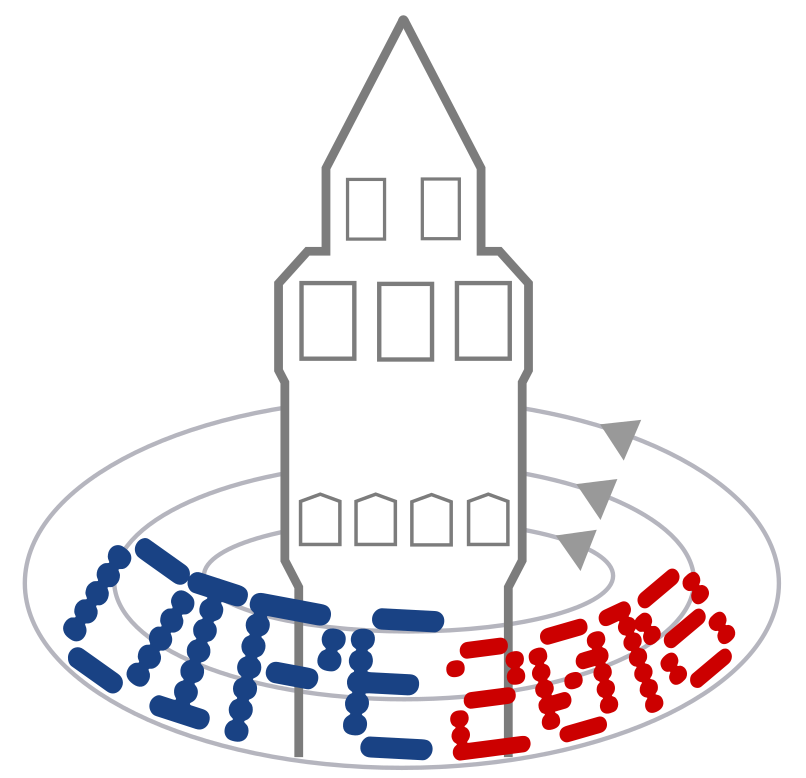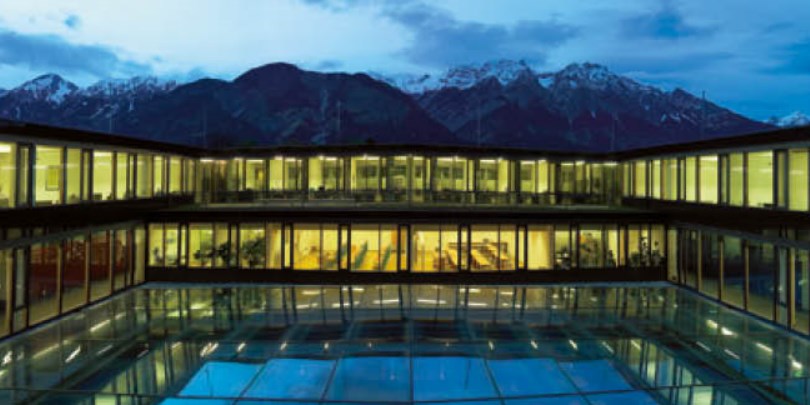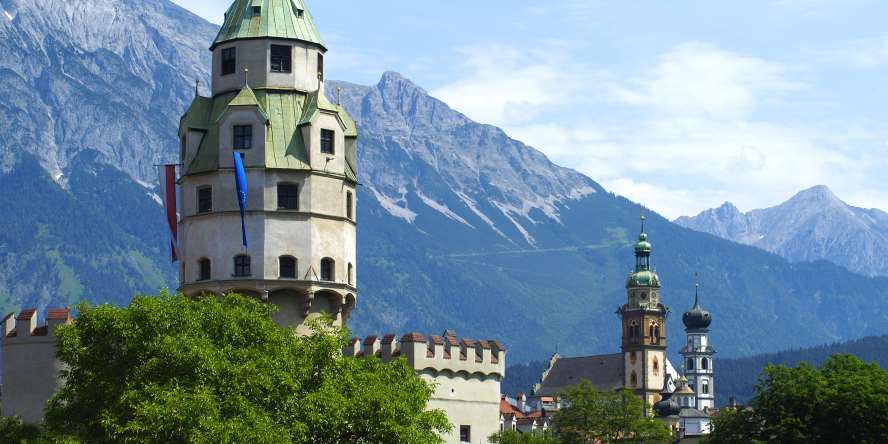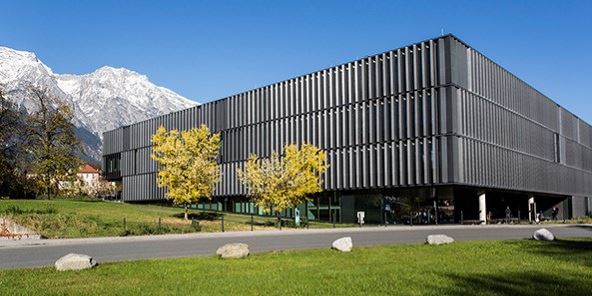Richard G. Baraniuk (Rice University, Houston, USA)
Data-Driven Computational Sensing
Abstract: Great progress has been made on sensing, perception, and signal processing over the last decades through the design of algorithms matched to the underlying physics and statistics of the task at hand. However, a host of difficult problems remain where the physics-based approach comes up short; for example, unrealistic image models stunt the performance of many computational imaging systems. Fortunately, the big data age has enabled the development of new kinds of machine learning algorithms that augment our understanding of the physics with models learned from large amounts of training data. In this talk, I will overview three increasingly integrated physics+data algorithms for solving the kinds of inverse problems encountered in computational sensing. At the lowest level, data can be used to automatically tune the parameters of an optimization algorithm (e.g., the regularization parameter in Lasso/ tuning parameters in AMP); improving its inferential and computational performance. At the next level, data can be used to learn a more realistic signal model that boosts the performance of an iterative recovery algorithm (e.g., convergence time, error). At the highest level, data can be used to train a deep network to encapsulate the complete underlying physics of the sensing problem (i.e., not just the signal model but also the forward model that maps signals into measurements). As we will see, moving up the physics+data hierarchy increasingly exploits training data and boosts performance accordingly. I will illustrate with computational sensing applications in compressive image recovery.
CV: Richard G. Baraniuk is the Victor E. Cameron Professor of electrical and computer engineering at Rice University and the Founder and Director of OpenStax (openstax.org). His research interests lie in new theory, algorithms, and hardware for sensing, signal processing, and machine learning. He is a Fellow of the American Academy of Arts and Sciences, US National Academy of Inventors, American Association for the Advancement of Science, and IEEE. He has received the US DOD Vannevar Bush Faculty Fellow Award (formerly National Security Science and Engineering Faculty Fellow), the IEEE James H.Mulligan, Jr., Education Medal, and the IEEE Signal Processing Society Best Paper, Best Column, Education, and Technical Achievement Awards, among others. He holds 28 US and 4 foreign patents.
Josep M. Guerrero (Aalborg University, Denmark)
State of the Art in Microgrid Technology
Abstract: A microgrid can be defined as a part of the grid with elements like distributed energy sources, power electronics converters, energy storage devices and controllable local loads that can operate autonomously in islanded mode but also interacting with the main power network in a controlled, coordinated way. Following the introduction of distributed control of these elements, cooperative control and hierarchical control schemes for coordination of power electronics converters in order to control the power flow and to enhance the power quality will be elaborated. Different technologies are combined together, such as power converters, control, communications, optimization, and so on. This way, energy can be generated and stored near to the consumption points, improving stability and reducing losses produced by large power lines. In distributed energy systems like microgrids, multi-agent systems technologies will be presented, including distributed control. The focus of this presentation will be on the analysis, modelling, and control design of power electronics-based microgrids, as well as power electronics control and communications. Further, the interconnection of microgrid clusters will be emphasized as an important step towards utilization of the smart grid concept. Examples of real microgrid sites including conventional islanded systems installed in islands and rural remote areas will be shown. Further, low-voltage distribution systems and DC microgrids for residential applications and homes will be introduced. New worldwide projects to develop technologies for low voltage DC distribution systems and maritime ship-board microgrids will be shown. Finally, the integration of microgrids by using smart meters and Internet of Things (IoT) concepts will be presented.
CV: Josep M. Guerrero received the B.S. degree in telecommunications engineering, the M.S. degree in electronics engineering, and the Ph.D. degree in power electronics from the Technical University of Catalonia, Barcelona, in 1997, 2000 and 2003, respectively. Since 2011, he has been a Full Professor with the Department of Energy Technology, Aalborg University, Denmark, where he is responsible for the Microgrid Research Program (www.microgrids.et.aau.dk). From 2012 he is a guest Professor at the Chinese Academy of Science and the Nanjing University of Aeronautics and Astronautics; from 2014 he is chair Professor in Shandong University; from 2015 he is a distinguished guest Professor in Hunan University; and from 2016 he is a visiting professor fellow at Aston University, UK, and a guest Professor at the Nanjing University of Posts and Telecommunications.
His research interests is oriented to different microgrid aspects, including power electronics, distributed energy-storage systems, hierarchical and cooperative control, energy management systems, smart metering and the internet of things for AC/DC microgrid clusters and islanded minigrids; recently specially focused on maritime microgrids for electrical ships, vessels, ferries and seaports. In 2014, 2015, and 2016 he was, among others, awarded by Thomson Reuters as Highly Cited Researcher, and in 2015 he was elevated as IEEE Fellow for his contributions on “distributed power systems and microgrids.”
Mini Symposium organized by Markus Clemens (University of Wuppertal, Germany)
Computational Electromagnetics: State-of-the-Art and Future Developments
David A. Lowther (Mc Gill University, Canada):
“Multi-Domain Design of Low Frequency Devices in a World of High Performance Computing”
Christophe Geuzaine, Erin Kuci (University of Liège, Belgium):
"State-of-the art and recent developments for sensitivity analysis of electromagnetic problems, in view of shape and topology optimization"
Stéphane Clénét (Arts et Métiers ParisTech, France):
"Model order reduction in low frequency computational electromagnetics : methods and applications”
Sebastian Schöps (Technische Universität Darmstadt):
"What Can Isogeometric Analysis Do For Computational Electromagnetics?"











